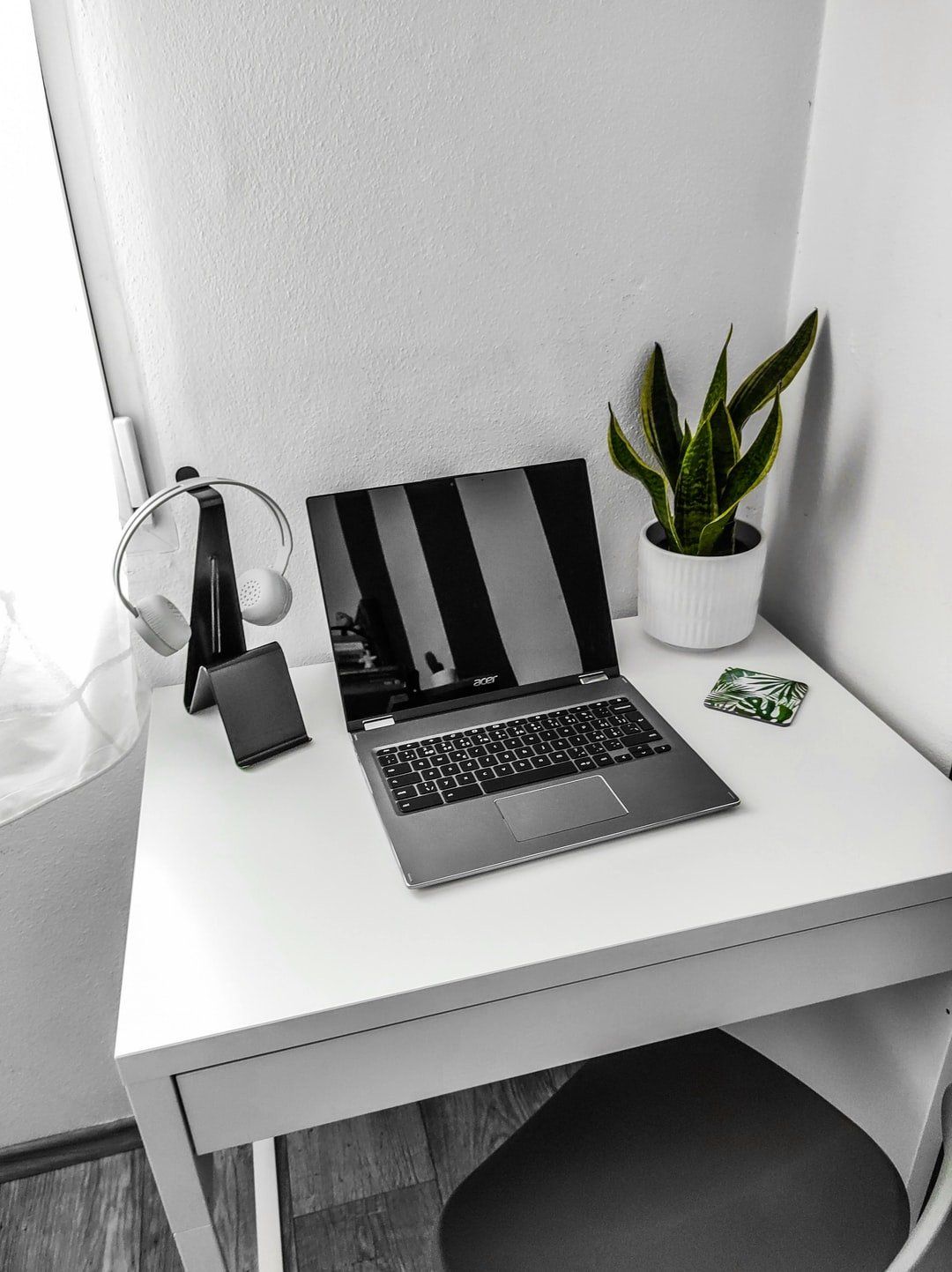Our Blog

The Chromebook has come a long way since the first models became available to buy in June 2011. They were once thought of as restrictive, entry-level curios that did nothing more than succeed cheap netbooks, but now the market is filled with powerful machines that can replace a conventional laptop with no loss of functionality. Humble Beginnings Chrome OS was introduced by Google exec Sundar Pichai back in 2011 and revealed the search firm’s surprising new operating system, and the first commercial devices launched in the summer of the same year. Those first machines were made by Samsung and Acer, and they arrived to great fanfare – but not a huge amount of success, with critics lamenting that they were too expensive and too restrictive to prove worthwhile. Instead of giving up, Google took its Chromebooks to the education market, where they began to thrive – they were easy to use and affordable when compared to conventional laptops. This first wave of success prompted more manufacturers to produce Chromebooks, and this success also saw them start to gain ground outside of the classroom. As time has gone on, the Chromebook’s first faults have been addressed, too. Critics said that Chromebooks couldn’t tackle enough tasks, but browser-based tools have become more prevalent and Android apps have become more powerful. It’s now possible to run your business, handle presentations and spreadsheets, edit videos and tackle the latest games using a Chromebook. The hardware has got better, too. Chromebooks are now available in all sorts of form factors: affordable machines are now joined by premium portables that have the same sort of design nous as luxurious Windows and mac OS machines, and Chromebooks can now be bought with big screens, small displays, and as versatile hybrids that straddle the line between laptop and tablet. The Acer Influence Acer was there right at the beginning of the Chromebook era, and the Taiwan-based firm has continued to be one of the big players in the market for Chrome OS-based laptops. A big part of Acer’s success still comes from the education market, and that’s all the more important now than the COVID-19 pandemic means that children are spending more time learning at home. Indeed, machines like the Acer Chromebook R13 combine the best of both worlds. This machine is 15.5mm thin and weighs 1.49kg, so it’s easy to transport, and it has a robust exterior that’ll withstand household use. It’s convertible, too, so it can be used in laptop, tent and tablet modes – which makes it extremely versatile. Educators can also access Google’s G Suite, which includes productivity tools that help pupils and teachers interact across different devices. Acer also produces Enterprise versions of its Chromebook machines, which include more powerful processors, IPS displays, military standard durability testing and lightning-fast SSD and wireless internet options – alongside Chrome Enterprise, which can be used to update, manage, and monitor dozens of devices at once – ideal for busy IT departments. There are loads of consumer machines in the range, too, with slim, light and powerful models available at different screen sizes and prices, and with conventional laptops and hybrid machines all available too. There’s no doubt that Chromebooks have come a long way since their introduction ten years ago – in 2020, for instance, Chromebooks outsold Apple’s Macs for the first time. With more form factors, more power and more features now available on a wider range of machines, there’s never been a better time to get a Chromebook. Credit: Mike Jennings

Processors are the heartbeat of any good computer, but it’s difficult to know what chip to choose when there are dozens of CPUs available with different prices, specifications, and advantages. It’s especially tricky if you’re planning to get a high-end chip, because a CPU could easily become the most expensive component in your PC. That sort of investment should last years, so it’s important to make the right decision. Whether you’re buying for work, play or for an everyday home system, we’ve done the hard work so you don’t have to – here are the best processors to buy in 2021. Game On Processors are vital for gaming PCs – if you have a weak CPU then it can bottleneck your graphics card and ruin your framerates. If you’re building a mid-range gaming PC then your best bet is the AMD Ryzen 5 5600X, which costs £350 and serves up a fantastic six-core design with a boost speed of 4.6GHz. It’s easily got the power to blitz through 1080p and 1440p gaming alongside the top esports titles, and it can handle everyday computing and work too. If you’ve got a little more cash, the eight-core Ryzen 7 5800X is a superb upgrade. It’ll also be a great option for 4K gaming and streaming. Many people combine gaming with work, especially when it comes to streaming, photo- and video-editing and design. If that’s you, the 5800X should be your chip of choice – and if you need to tackle particularly difficult tasks then you should think about the £540 Ryzen 9 5900X, which is a fantastic twelve-core CPU that’ll underpin your work and play for years. There are good budget choices, too. Intel’s £140 Core i5-10400F is a capable six-core part that boosts to 4.3GHz, and Intel’s Core i3-10100 costs just £100 and can handle 1080p gaming. Those on the tightest budgets should investigate the AMD Ryzen 5 3400G, which costs £170 and includes its own graphics chip that can run esports titles – so you don’t have to buy a graphics card. Work It Out If you’re building a work PC, it’s important to consider exactly what work you’ll be doing before you decide how much to spend on a new processor. If your working day consists of photo or video editing, rendering, content creation, design, modelling or other demanding tasks, then you should be buying an AMD processor. AMD’s latest Ryzen 5000-series chips are better than Intel’s equivalent CPUs across virtually every multi-threaded task, and AMD has overtaken Intel in single-threaded performance – an area where Intel led until recently. The big choices concern budget and capability. If you’re building a system for mainstream photo-editing then the Ryzen 5 5600X is about as low as you should go – it’s a capable chip, but if you push it then you’ll find its limits. If you want to tackle professional photo and video work then the Ryzen 7 5800X will use its two extra cores to prove far more capable. If you’re a serious professional who works with 4K video, tough CAD tools or other workstation-level software then you’ll have to spend more – the aforementioned 5900X is a fantastic, powerful choice, and the £750 Ryzen 9 5950X is a sixteen-core monster that will scythe through the toughest applications. People whose work involves Office applications and browser-based tools don’t require as much CPU horsepower. If you just need a PC that can handle Office, Chrome, and some media playback then the Core i5-10400F, the Ryzen 5 5600X or even Core i3-10100 will easily get the job done. When it comes to buying a processor – whether it’s for work or play – its speeds, core counts and price are the main considerations. They’re not the only things to think about, though: also examine the motherboard that you’ll be using and its various features, and the cooling that you’ll need – only affordable CPUs tend to include coolers these days. Credit: Mike Jennings




